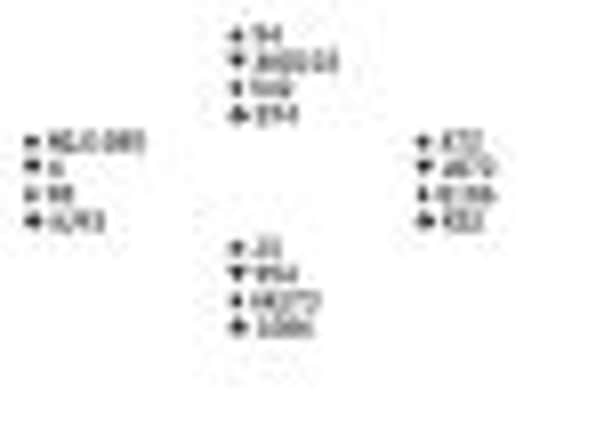Bridge - The Scotsman 16/06/12


Partner’s single raise in a competitive auction often indicates a few values but just three-card support. Still, you decide to bid game because of your distribution: “Six-four? Bid more!” North leads the ace of hearts, then the king, ruffed, as South follows with the four and five. With two certain diamond losers, declarer must find the queen of clubs. How would you set about the play?
Declarer cashed the king and ace of spades, discovering that each defender had two spades, and South held the jack. He ruffed a heart in case the queen dropped, but everyone followed low. Still looking for clues, declarer ran the nine of diamonds. South won the jack, and continued with the king and ace. Declarer ruffed the third diamond, noting that North, playing traditional count signals, followed suit up-the-way. What now? It looks as if clubs are 3-3, and the best odds in isolation are to cross to the king and finesse the jack. But that is unlikely to work here: South has shown up with nine points already, and might have opened the bidding, or taken some action at his second turn if he also had the queen of clubs. And North has overcalled on xx/AKQxx/xxx/?xx – he is surely favourite to hold the key card. There is no rush to play clubs when you have idle trumps in your hand – you may as well cash one of your two remaining spades. Not helpful: North discards a heart, South a diamond.
Advertisement
Hide AdAdvertisement
Hide AdIf you trust your card reading you should now play North for the queen of clubs: lead the jack of clubs and run it if North does not cover. If he does play the queen, win the king and lead a club to the nine, playing South for 10xx. The backward finesse is well against the odds, but it is your best chance here.